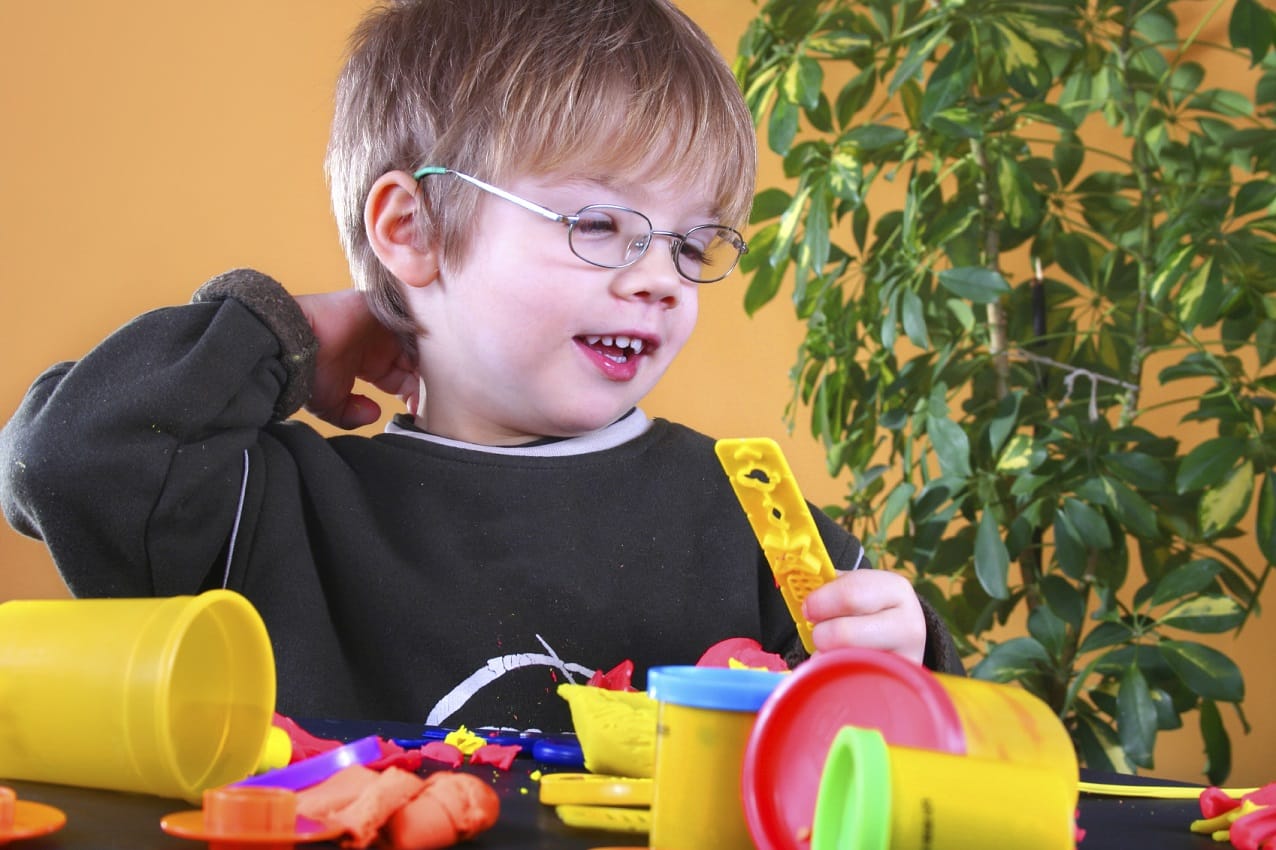
Essay on children with autism
The question selected for the research is “How should children with autism be educated?”. Two most popular paradigms in the research devoted to educating children with autism spectrum disorders (ASD) are special education according to specifically designed programs, and inclusive education, where practices aimed to help ASD children are integrated into general learning process. Treatment and education of autistic and related communication handicapped children (TEACCH) is a widely used special education system, which is based on close collaboration between professionals and parents. Within the context of the selected topic, it would be highly important to determine which of the approaches is more effective and in what settings. The paper “Special education versus inclusive education: the role of the TEACCH program… treatment and education of autistic and related communication handicapped children” by Panerai, Simonetta et al,, published in Journal of Autism and Developmental Disorders, is meant to study the effectiveness of TEACCH applied in two different settings and general inclusive program for children with autism and severe mental retardation during a 3-year period. The authors claim that this study is the first comparison research with a long-term follow-up period. The purpose of this essay is to assess the credibility of this source and generate possible suggestions on increasing the credibility of this paper.
The first aspect of credibility assessed in this essay is authority. The criteria for the source’s authority are author’s identity, credentials and institutional affiliation, relevant experience and previous writings (Beins and Beins 103). The reputation of the publisher is also important to assess authority, and the reputation of the organization which the author is affiliated with. The group of authors for the chosen source include the following people: Simonetta Panerai, Marinella Zingale, Grazia Trubia, Maria Finocchiaro, Rosa Zuccarello, Raffaele Ferri and Maurizio Elia. Simonetta Panerai is a well-known author in the field of developmental disorders, autism and intellectual disability. She has 7 other publications related to autism spectrum disorders, and 3 research articles devoted to other intellectual diseases. She has been working on the problems of intellectual disorders since 2002 (earliest year of reference to her articles online), so she has a significant field experience. Simonetta Panerai is a psychology researcher in IRCCS Oasi Maria SS (Scientific Research Institute for Mental Retardation and Brain Ageing). This is a highly credible research institution in Italy. Marinella Zingale is one of Panerai’s most active secondary authors; she has at least one more published article devoted to autism where she was not the co-author of Panerai. Maria Finocchiaro, Rosa Zuccarello, Raffaele Ferri and Maurizio Elia are a group of researchers who joined the group of Simonetta Panerai and Marinella Zingale in 2008; this research group has published at least 5 articles since 2008, so the authors have a solid research background in AS disorders. The publisher’s reputation is also solid: the Journal of Autism and Developmental Disorders is a peer-reviewed scholarly journal, indexed in all major scientific databases. Thus, the research of authority proves that the chosen source is credible in this aspect.
The second aspect of credibility assessed in this paper is objectivity. Criteria for objectivity include clearly stated goals, absence of bias and validity of research information (Beins and Beins 104). The researchers have clearly outlined the goals of their study: “Our study aimed at comparing, over a period of 3 years, the effectiveness of three different educational approaches addressed to children with autism and severe mental retardation” (Panerai et al. 874). Although two of the programs considered in the study were held in Oasi Maria SS (authors are affiliated with it), critical approach to these programs was traced throughout the paper. The following comparison illustrates this: “INSP showed a statistical difference in perception; NS-TEACCH in all domains, except in cognitive verbal performances; R-TEACCH in imitation, gross-motor, eye-hand coordination, cognitive performances, composite scale and developmental age” (Panerai et al. 878). The validity of findings is supported by statistical data and values of significance in Table 2 (Panerai et al. 879). These results of the analysis prove that the source is credible with regard to objectivity.
The third aspect of credibility is currency. It can be evaluated using the following criteria: date of publication, actuality of the topic, revisions or expansions of the source (Beins and Beins 104). The article was published in 2009, and since that time the same group of researchers has published three more articles on educating ASD children. The source itself was never expanded, but it formed the background for further research. As the number of children with AS disorders is growing, this topic becomes highly actual. The resource has medium level of currency because it was published 3 years ago, but taking into account the development of the topic by the same research group, it is possible to state that the source is credible.
Thus, the credibility of the chosen article was proved with regard to such aspects as authority, currency and objectivity. Relevance, quality and coverage of this paper are also on high level in this source: there are 33 sources in the article, they are properly cited and referenced in the paper, all of them are peer reviewed and highly relevant to the topic. Methodology and results are clearly and critically described in the source. It is only possible to recommend to increase the credibility of the source by repeating the experiment in an institution unaffiliated with the authors, to avoid the slightest possibility of biases.

